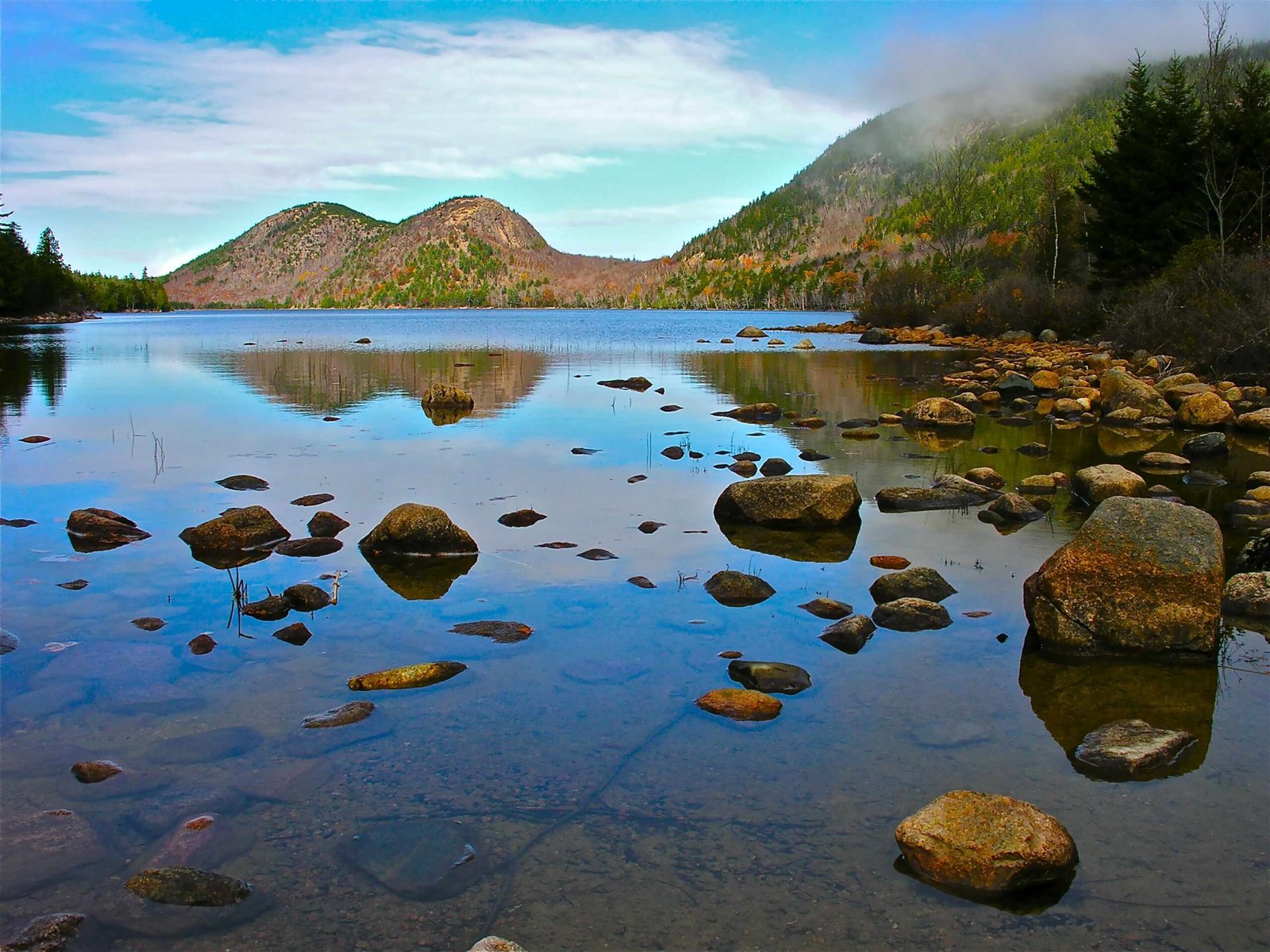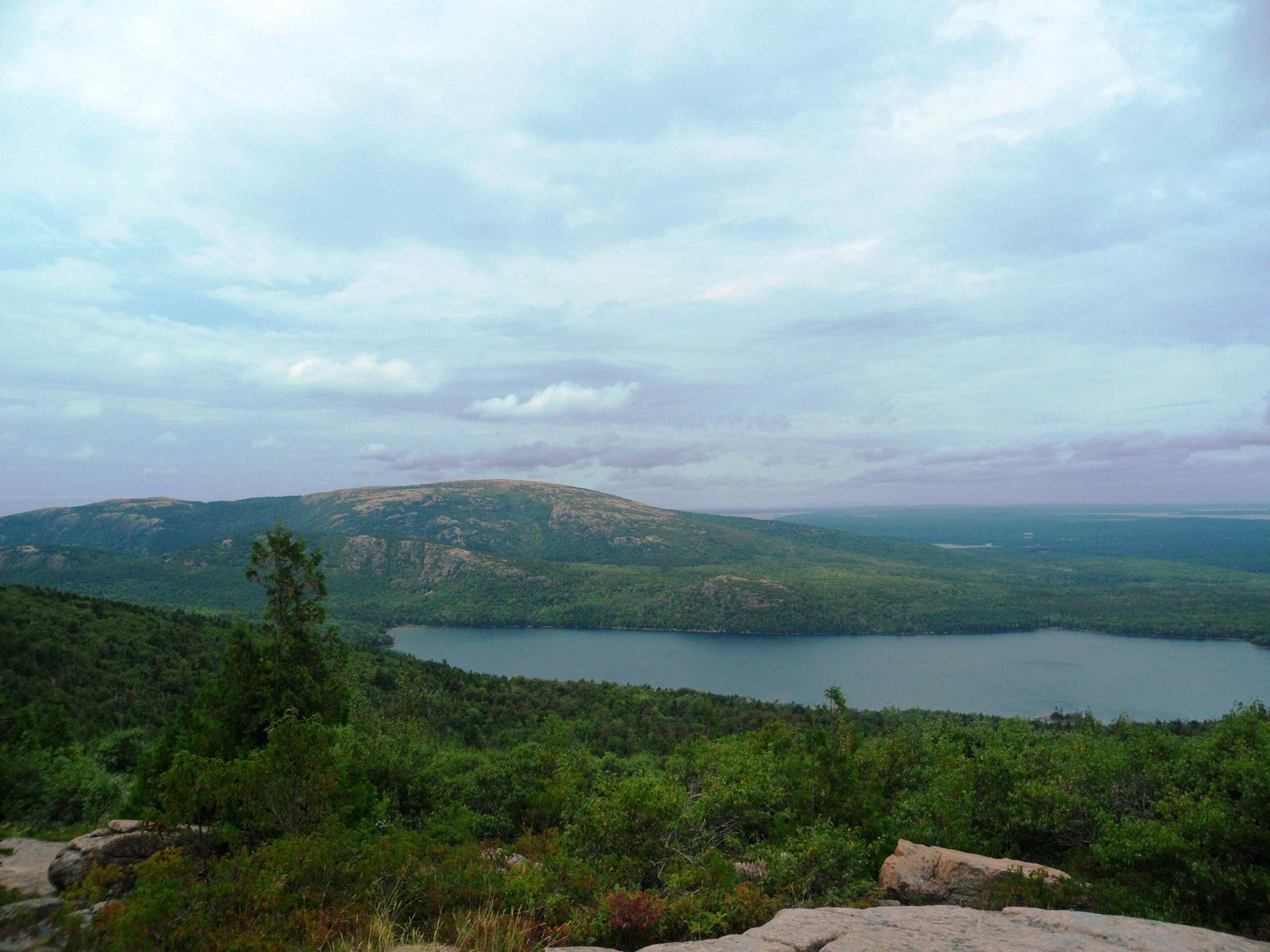Acadia National Park serves as a crucial stopover and breeding ground for numerous migratory bird species. The park’s diverse ecosystems, from coastal areas to mountain peaks, provide essential habitats for birds during their long journeys. This guide explores the fascinating world of bird migration in Acadia, detailing the species, best observation spots, optimal times, and the impact of climate change on these avian travelers.
What Species of Migratory Birds Can Be Observed in Acadia National Park?

Acadia National Park hosts a wide variety of migratory bird species throughout the year. Here’s a breakdown of some notable groups:
Warblers
- Yellow Warbler
- Black-throated Green Warbler
- American Redstart
- Northern Waterthrush
Raptors
- Hawks (various species)
- Eagles (Bald and Golden)
Songbirds
- White-throated Sparrow
- Lincoln’s Sparrow
- Various thrush species
Shorebirds and Waterfowl
- Sandpipers
- Eiders
- Mergansers
These birds utilize different habitats within the park, from coastal areas to inland forests and wetlands, making Acadia a diverse and rich environment for bird watching.
Where Are the Best Locations for Bird Watching During Migration Seasons?

Acadia National Park offers several prime locations for observing migratory birds. Here are some of the best spots:
- Schoodic Point and Seawall Picnic Area
- First landing points for birds crossing the ocean
- Accessible by car with nearby parking
-
Restrooms and picnic facilities available at Seawall
-
Cadillac Mountain
- Excellent for observing raptor migration in fall
- Accessible by car via Cadillac Mountain Road
-
Summit features restrooms and a visitor center
-
Great Meadow and Bass Harbor Marsh
- Rich in insect life, crucial for songbirds
- Great Meadow accessible via walking trails from Sieur de Monts Spring
-
Bass Harbor Marsh reachable by car with nearby parking
-
Jordan Pond and Eagle Lake
- Ideal for waterfowl and shorebird observation
- Both accessible by car with parking and walking trails
- Jordan Pond offers restrooms, picnic facilities, and boat rentals
Each location provides unique opportunities to observe different species and behaviors during migration periods.
When Are the Best Times of Year for Bird Migration in Acadia National Park?
The bird migration in Acadia National Park follows a seasonal pattern:
| Season | Time Period | Peak Activity | Notable Events |
|---|---|---|---|
| Spring | Late April – Early June | May | Northward migration from wintering grounds |
| Fall | Late August – Early November | September – October | Southward migration to wintering grounds |
During these periods, the park becomes a hub of avian activity, offering excellent opportunities for bird enthusiasts and researchers alike.
How Does Climate Change Impact Bird Migration in Acadia National Park?
Climate change has significant effects on bird migration patterns in Acadia National Park:
-
Altered Arrival Times: Many species are arriving at breeding and stopover sites earlier than in past decades.
-
Shifting Migration Routes: Some birds may alter their traditional migration paths due to changing climate conditions.
-
Habitat and Food Availability: Climate change affects the availability of food resources and suitable habitats, potentially impacting overall bird biodiversity.
-
Ecological Disruptions: Earlier arrivals can lead to mismatches between birds and their food sources, affecting breeding success and survival rates.
These changes underscore the importance of ongoing conservation efforts and research in Acadia National Park to protect migratory bird populations and their habitats.
What Conservation Efforts Are in Place to Protect Migratory Birds in Acadia?
Acadia National Park implements several conservation strategies to protect migratory birds:
- Habitat Preservation: Maintaining and restoring diverse ecosystems within the park.
- Monitoring Programs: Conducting regular bird surveys and population studies.
- Public Education: Offering educational programs and resources about bird migration and conservation.
- Citizen Science Initiatives: Engaging visitors in bird counting and observation projects, such as the Hawk Watch program.
These efforts aim to ensure that Acadia remains a vital sanctuary for migratory birds in the face of environmental challenges.
How Can Visitors Contribute to Bird Conservation in Acadia National Park?
Visitors to Acadia National Park can play a crucial role in bird conservation:
- Follow park guidelines and stay on designated trails to minimize habitat disturbance.
- Participate in citizen science programs like bird counts or the Hawk Watch.
- Report unusual bird sightings to park rangers or through official channels.
- Practice responsible bird watching by maintaining a safe distance and using binoculars.
- Support park conservation efforts through donations or volunteer work.
By taking these steps, visitors can help protect the diverse bird populations that rely on Acadia National Park during their migrations.
References:
1. https://www.nps.gov/articles/acadia-bird-migration.htm
2. https://www.acadiabirdingfestival.com/birdsofmdi.htm
3. https://maineaudubon.org/birding/maine-birding-guide/

